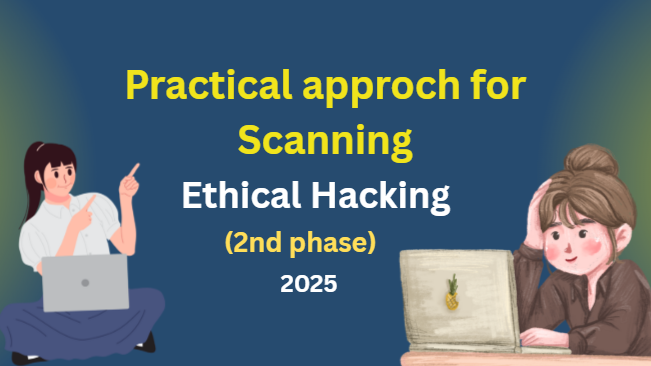OSI VS TCP/IP in Cyber Security
Two main Parts of Networking.
OSI Model vs TCP/IP Model – What’s the Difference?
| Feature | OSI Model | TCP/IP Model |
| Layers | 7 Layers | 4 Layers |
| Concept Type | Theoretical Model | Practical & Real-World |
| Used For | Teaching/network design | Real Internet communication |
| Example Protocols | FTP, HTTP, TCP, IP, etc. | TCP, IP, HTTP, DNS, SMTP |
- OSI stands for Open system interconnection: It is conceptual 7 layered models used learning and designing.
- TCP/IP stands for Transmission control Protocol/Internet Protocol: It is real world 4 layered model used in internet and actual data transfer.
7 Layers of OSI Model (Top to Bottom):
| Layer | Name | Simple Role | Example |
| 7 | Application | What user interacts with | Chrome, WhatsApp, Gmail |
| 6 | Presentation | Translates/Encrypts data | JPEG, MP4, SSL/TLS encryption |
| 5 | Session | Starts & ends communication | Keeps you logged into a website |
| 4 | Transport | Splits data into packets, error check | TCP/UDP protocols (TCP = reliable) |
| 3 | Network | Chooses route for data | IP address, routers |
| 2 | Data Link | Moves data between devices on same LAN | MAC address, switches |
| 1 | Physical | Hardware sends data as signals | Cables, Wi-Fi signals, Ethernet |

Image for OSI VS TCP/IP in Cyber Security from note.
| OSI Model | TCP/IP Model |
| 7. Application | 4. Application |
| 6. Presentation | 4. Application |
| 5. Session | 4. Application |
| 4. Transport | 3. Transport |
| 3. Network | 2. Internet |
| 2. Data Link | 1. Network Access |
| 1. Physical | 1. Network Access |
TCP/IP combines OSI layers into 4 real-world layers/ OSI VS TCP/IP in Cyber Security
6 Hacking attacks that everyone should must know!!!
- Phishing means Fake emails/websites/messages tracking you into giving away passwords or card infos.
- Malware means malicious software designed to damage your system and network. Its is viruses, worms, spyware that enter into your network and damage systems.
- DDoS means overload a server with a fake traffic, crashing a website for real users. Think of it like crowding a shop until no one else can get into it.
- Ransomware means attackers Locks your files and demands money in return to unlock it. Its like pay or loss your data.
- Man-in-the-middle (MITM) means Hackes secretly intercepts your online communication, data between two people like spying on a private chat.
- Backdoor means a secret way into system, often left by hackers to return later without getting caught.
- SQL Injection means attackers mess with a website’s database by inserting a malicious code. Its very commen on poorly protected sites.
Follow for more updates!!!
That’s it fr day 7 , see yaaa!!!
For previous lectures follow Day https://munazajameel.site/day-5-part-2-of-learning-cybersecurity/
Also can check out my instagramhttps://www.instagram.com/itzmunazah/?hl=en & tiktok https://www.tiktok.com/@itzmunazah?lang=en



